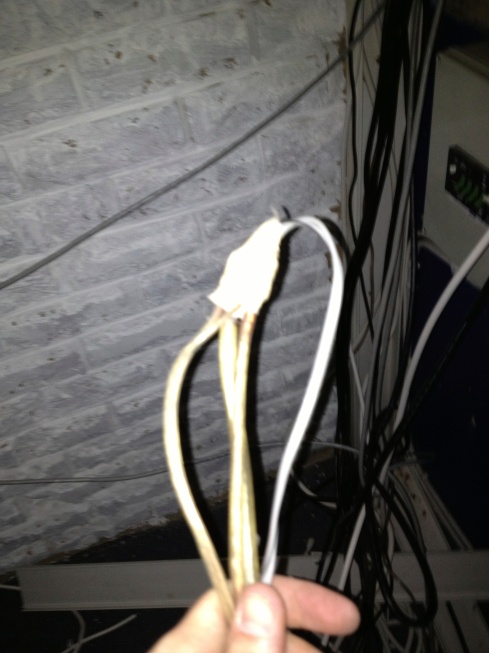In ‘Your Church PA’ we get a peek into some of the audio/production setups at local churches in South Africa. We get to ogle over some photos of gear, share ideas, and learn from the wisdom and experience of those techs who keep the systems running week-to-week! For more detail look here.
This week – Grant Leonard from Grace Family Church’s Riverside Campus shares their setup with us.
This slideshow requires JavaScript.
“Grace Family Church Riverside has been operating for a year now and we have gotten great results from the PA we chose.
What we put in the auditorium were two EAW KF394’s that are flown from the ceiling and two EAW SB180 subs that are on the floor, one each, below the two individual hangs.
A Lab Gruppen FB+10000Q amplifier powers the four cabinets and for speaker processing we use an EAW UX3600 Processor that we had time aligned and tuned for the response of the room.
The PA in the room looks really small but we get a good sound and great coverage all the way to the back of the room. While the room is essentially a rectangular box, we have been very lucky in that there aren’t any horrible “hot-spots” or “dead-spots” and we have seemingly no trouble with standing waves. Miracles do happen!
Grace Family Church Riverside is a “multi-site” plant of Grace Family Church in Umhlanga and as a result it made some of the decisions, as to what gear to get, a little easier. Two of these things in particular are the sound desk and the “In-Ear-Monitoring” (IEM) system. In order to get a measure of similarity or unity across campuses we chose the Yamaha LS9 mixing console and Aviom personal mixers for IEM. This goes to serve our sound guys, tech volunteers and worship team volunteers, as moving from one campus to the next doesn’t carry the burden of learning a new desk or new IEM system.
We have an Aviom 16/o-Y1 card that’s plugged into the back of the LS9 which is connected via cat5e to the Aviom A-16D Pro distribution unit onstage, from there the signal is split out to the seven Aviom A16II Personal Mixers.
We discovered very early on that the room is incredibly live, so controlling the onstage sound, drums, guitar and bass amps was a huge priority.
The Aviom system took care of our onstage sound.
We then decided to build our own drum screen with a roof, as opposed to buying one, which was a huge cost saving exercise. Then much to the dismay of the people who play bass at Riverside, we swapped the bass amp for a BSS AR-133 active DI box and we moved the electric guitar amp to a separate room behind the stage.
Once we had gone through all these motions, the affect it had on the FOH mix was invaluable, the room seems a little less live and the congregation aren’t getting there ears mutilated by the obnoxious SPLs of drum kits and guitar amps.
Overall we are really satisfied with the results and the equipment we went for.”







